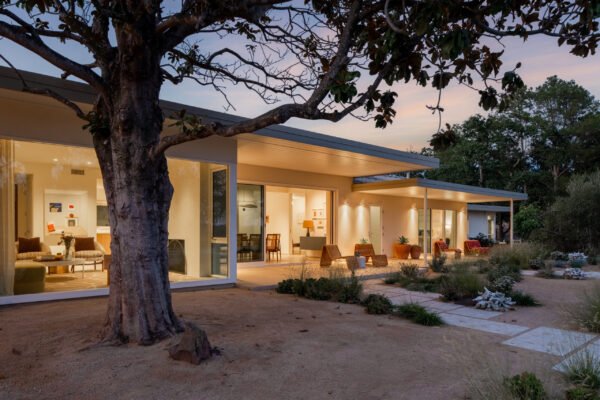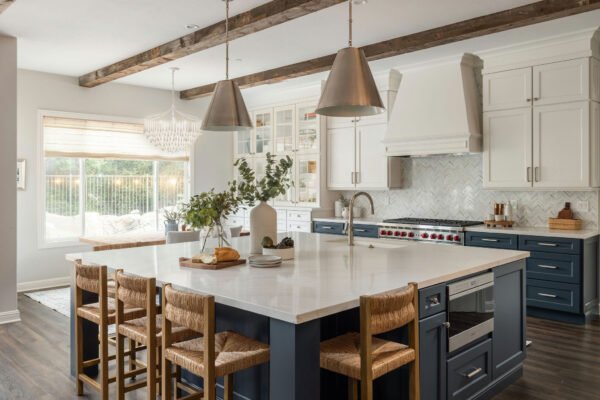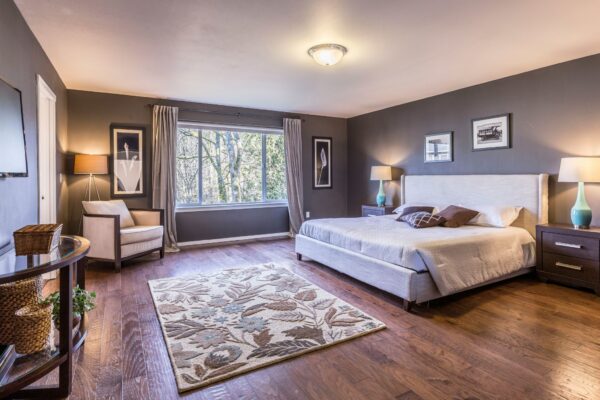
A Simple Guide For First-Time Wood Stove Owners

Did you know that wood burning stoves are becoming increasingly popular as years go by? What was once the preserve of older houses and woodsy cottages is now a centrepiece that can be found in traditional homes across the UK too. And there is a reason for this, and it’s that burning stoves are super cosy and add a warm and welcoming feel to any home.
The design choices are wide, as are the sizes and power options along with the types of fuel you can burn in the stoves. But just because more people have wood burners placed in their homes today, does not mean they all know how to use them. Actually, starting a fire properly will mean more heat, a more efficient burn, less time and mess keeping it going. But be careful for the overwhelming heat that might cause worst issues ahead at your house, you can seek help from a reliable and thorough chimney sweep in Portland for your concerns.

Below is a simple guide to starting the perfect stove fire; follow these steps and the days of constantly messing about with the burner will be over. (The goal of most stove owners should be to start a fire with a single match, no fire lighters and very little effort once the match has been struck).
Before actually considering the fire it is critical to consider the fuel and condition of the burner and even the weather.
First things first: Fuel
It is obvious to anyone that wet or damp wood will not burn as well as dry wood. It is, however, not that simple. Wood that may well feel dry can actually still be quite damp and this will effect how the fire gets going and continues to burn. This goes for kindling as well as the main fuel wood and even the paper!

It is a sad fact that first-time stove owners buy wood from the garage. In some cases this wood will be from a decent local supplier but more often than not it has been kept poorly and may not have even been properly seasoned in the first place. Therefore, it is important to find a reputable supplier of good quality well-seasoned wood otherwise the fire is doomed from the start. There are many national suppliers now like buyfirewooddirect.co.uk. A good workman never blames his tools but a good stove can certainly blame bad wood!
Secondly: The Stove

It is important to also make sure you have a stove that works and clean and a chimney that has been inspected and swept. If in doubt, it is easy to search for a local fireplace shop like wakefordfireplaces.com; these shops are a mine of information and can then put you in touch with a chimney sweep and check your stove is up to the job. If you are unable to find a chimney sweep the NACS will certainly be able to help.
What’s also important to take in to consideration is the weather
A factor that is often not taken into account is the weather outside. If it’s windy the flue will pull a lot more air through and faster, if it is dead calm the opposite will happen. The outside temperature can have an effect too; if it’s very cold it will take a while for the flue to warm up and begin drawing properly. This will mean the fire might be very slow to start and extra kindling should be used.
Fire Lighters?
Fire lighting blocks are very popular and do make starting a fire far easier. However, for maximum satisfaction many people opt to just use some paper and start a fire in a more traditional manner. Fire lighter’s also cost more and have to be packaged and manufactured so are not the greenest option.
Ingredients for the perfect fire:

Dry newspaper
Dry kindling – ideally short split wood in vary thicknesses
Dry good quality logs – a range of sizes is important
Step 1.
The first thing to do is make sure the stove is clean. If the ask pan is full it will prevent air flow so clean it if possible. If all is well then simply open all the vents and gather your ingredients.
Step 2.
Ball up the newspaper very tightly. The idea is to create a slow burning but easily combustible lump of paper. Depending on the size of the stove do this 4 or 5 times. Place the paper balls in the centre of the stove. It can be useful to leave one ball with a flat bit of paper exposed at the front for a taper.
Step 3.
Create a pyramid around the paper with the kindling. This should resemble more like a tepee than an angular pyramid. Be careful to make sure it is sturdy and it has some gaps in the sides to let air in. Start with thin wood then get thicker as you add the last wood around the edge. Feel free to create 2 layers to the shape, especially if it’s very cold outside.
Step 4. (Optional)
At this point if the kindling is set correctly and everything else is perfect than it is possible to add 2 larger bits of wood. This is a bit of a gamble if it’s not quite good enough as it may not burn. But all being well this larger wood will ignite as the outer layer of kindling does and the fire will be in full swing before anything else needs to be added.
Step 5.
With a single match….or long hob style lighter, light the paper through a gap in the kindling. If possible light 2 or 3 points. Give the paper a few seconds to catch. If it ignites well it is OK at this point to shut the door with all vents open. You should notice the draw increase as the seal is made.
Step 6.
Watch. Lighting a fire should be simple but ignoring it too early is a bad idea. Watch the burn carefully, be aware of a drop in pull. The flue may not be hot enough to get it going and at this point you could open the door and blow on the fire. Take great care not to damage eyes and face if anything pops and bangs.
Step 7.
At this point the kindling should now be burning well. This is a moment of confidence. If everything has been done properly then the experienced fire maker should be able to walk away and leave things to develop on their own. However, for many it is still worth keeping a close eye. But do not be tempted to keep opening the door as it will stop the air being drawn up.
NOTE – do not be tempted to keep moving bits of wood or even adding more on top. It is very easy to damage the structure and air flow. More wood can even smother the whole thing and its very hard to start again with half burning wood.
Step 8.
Once the kindling is really burning well and some coals are starting to appear open the door carefully and place two smaller bits of larger wood in. Place this wood in a triangle again, do not just chuck it on as it could smother the fire. It is at this point the vents can be shut of a little too slow things down but be careful not to shut them off too much. Once these two bits are burning well wood can be added at will for the duration of the burn. The vents can then be adjusted to comfort, amount of burn and speed of burn. Some people prefer more noise and flames, others like a slow burn.
It is important to remember that just because the stove door shuts does not mean the fire is an less dangerous. Keep kids well away and read up on fire safety. Most local fire departments offer advice like this.











































